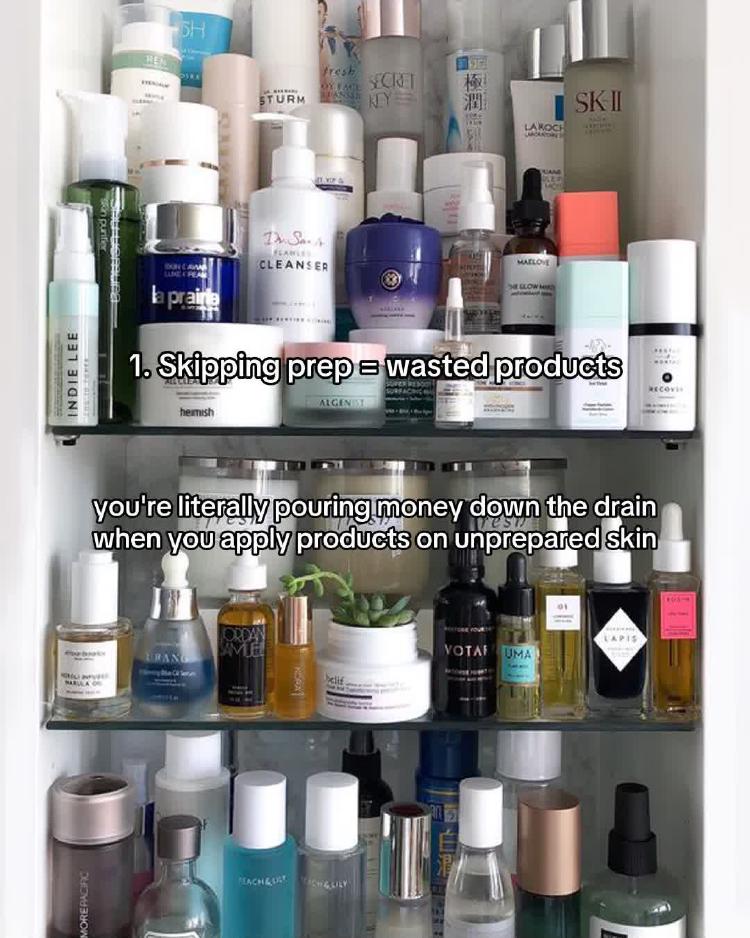Sunscreen Science: Decoding SPF, UVA, UVB & Essential Tips
Unlock the science of sun protection. Understand what SPF, UVA, and UVB mean, how sunscreens work, and how to choose and use them effectively.

- Seo Yuna
- 5 min read

The Science of Sunscreen: What You Need to Know About SPF, UVA, and UVB
Protecting your skin from the sun’s harmful rays is arguably the most critical step in any skincare routine. Sunscreen acts as your primary defense, shielding your skin from damage that can lead to premature aging, hyperpigmentation, and increased risk of skin cancer. But with so many options and terms like SPF, UVA, and UVB, it can feel overwhelming. Let’s break down the science to help you make informed choices.
Understanding UV Radiation: UVA vs. UVB
The sun emits ultraviolet (UV) radiation, which is classified into different types based on wavelength. The two most relevant to skin health are UVA and UVB.
- UVB Rays: These shorter wavelengths (290-320 nm) primarily affect the skin’s outer layer and are the main cause of sunburn. They are most intense during the midday hours and in summer.
- UVA Rays: These longer wavelengths (320-400 nm) penetrate deeper into the skin, contributing significantly to photoaging (wrinkles, fine lines, sun spots) and also playing a role in skin cancer development. UVA rays are present more consistently throughout the day and year, even on cloudy days and indoors through windows.
Both types of UV radiation cause damage to skin cells, underscoring the need for protection against both.
How Sunscreen Protects Your Skin
Sunscreen formulations contain active ingredients that work by absorbing UV light. These ingredients are broadly classified based on their chemical composition:
- Organic Filters: These compounds (like avobenzone, oxybenzone, octinoxate) absorb UV radiation and convert it into heat, which is then released from the skin.
- Inorganic Filters: These minerals (primarily zinc oxide and titanium dioxide) also work predominantly by absorbing UV light, though they do scatter or reflect a small percentage.
It’s a common misconception that organic sunscreens absorb UV while inorganic sunscreens solely reflect it. In reality, both types primarily protect by absorbing UV energy.
Decoding SPF: More Than Just a Number?
SPF, or Sun Protection Factor, is a measure of how well a sunscreen protects against UVB radiation. It’s determined by comparing the time it takes for protected skin to develop redness (erythema) from UVB exposure versus unprotected skin. For example, SPF 30 means it should take 30 times longer to burn when using the sunscreen correctly compared to not using it.
While a higher SPF does offer more UVB protection, the difference becomes minimal after SPF 30:
- SPF 15 blocks about 93% of UVB.
- SPF 30 blocks about 97% of UVB.
- SPF 50 blocks about 98% of UVB.
Crucially, SPF only tells you about UVB protection. This is why seeking out sunscreens labeled “Broad Spectrum” is vital. A broad-spectrum sunscreen provides protection against both UVB and UVA rays.
Different regions use various labeling systems for UVA protection, such as PA ratings (common in Asia, e.g., PA++++ indicating high UVA protection) or PPD (Persistent Pigment Darkening) ratings (common in Europe). These systems provide a better indication of the level of UVA defense compared to just the SPF number.
Application Matters: Getting the Stated Protection
The SPF and broad-spectrum ratings on a bottle are determined in labs using a specific amount of sunscreen: 2 mg per square centimeter of skin. In practice, many people apply far less than this, significantly reducing the actual protection they receive. For the face and neck alone, this standard translates roughly to about 1/4 teaspoon of sunscreen.
To maximize the effectiveness of your sunscreen, follow these guidelines:
- Use a broad-spectrum sunscreen with SPF 30 or higher.
- Apply a sufficient amount to all exposed skin – remember the 1/4 teaspoon rule for the face!
- Apply at least 15-20 minutes before sun exposure.
- Reapply at least every two hours, especially when outdoors.
- Reapply immediately after swimming or excessive sweating, even if using a water-resistant formula.
Finding a sunscreen with a texture you enjoy and can apply generously is key to consistent use.
Are Sunscreen Ingredients Safe?
The safety of sunscreen ingredients is frequently discussed. From a toxicology standpoint, it’s important to remember that any chemical can be harmful at a high enough dose – the concept of “the dose makes the poison.” The focus of safety research is on understanding effects at typical exposure levels.
Research continues to evaluate potential concerns, such as certain organic filters acting as endocrine disruptors (chemicals that can interfere with hormones) at very high doses in animal studies. While more studies are needed, current scientific evidence suggests that, for humans under normal conditions of use, the known, significant risks of unprotected UV exposure (sunburn, photoaging, skin cancer) far outweigh the potential, less-established risks associated with sunscreen ingredients.
Modern inorganic sunscreens using smaller particles (sometimes nanoparticles) have significantly reduced the white cast they once caused. Studies generally indicate that these tiny particles of zinc oxide and titanium dioxide do not penetrate healthy skin and their interaction with skin is minimal.
Summary
- UV radiation includes UVB (causes sunburn, measured by SPF) and UVA (causes aging, requires broad-spectrum protection).
- SPF indicates UVB protection; broad spectrum, PA, or PPD ratings indicate UVA protection.
- Applying enough sunscreen (approx. 1/4 tsp for face/neck) and reapplying frequently are crucial for achieving the stated protection.
- The current scientific consensus is that the benefits of using broad-spectrum SPF 30+ sunscreen significantly outweigh the potential risks of its ingredients for protecting against serious sun damage.
Choosing a sunscreen you like and using it consistently and correctly is the best way to ensure your skin stays protected.
{< skin-analysis >}
Experience personalized skincare recommendations with COSMI Skin! Your skin will thank you!
Unlock Your Healthiest Skin – Backed by Science and Personalization
Cosmi is your personal AI cosmetologist — offering tailored skincare recommendations and expert advice based on your unique skin type, concerns, and goals.
Visit Cosmi